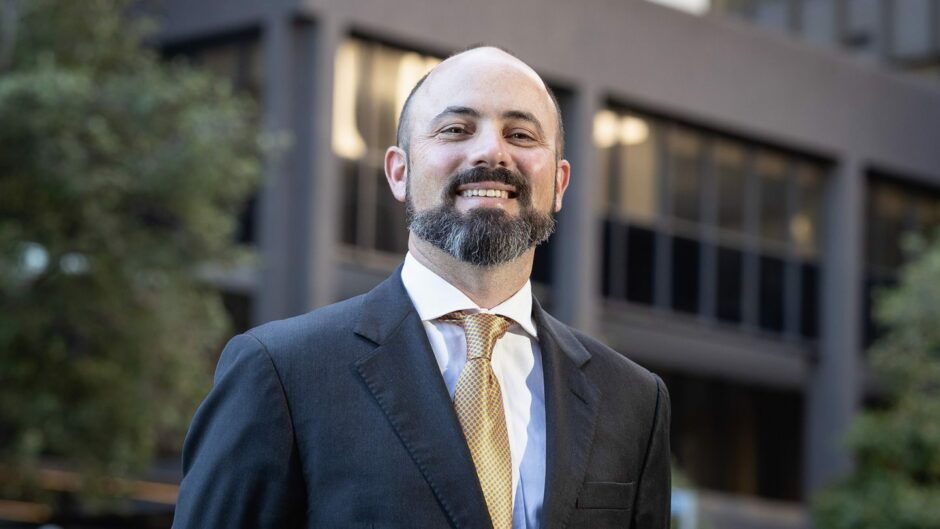
You only need to have read a little of the media coverage to realise there were some clear key themes to emerge from CERAWeek 2023.
One was energy security. It’s an area of global concern and an absolutely critical issue for the Asia Natural Gas and Energy Association and the countries and industries we’re working with.
Energy transition was also an understandably prominent topic. I heard one quip that the event could be renamed “Hydrogen Week” – which was obviously tongue-in-cheek but reflects the growing focus on developing low carbon means of generating power.
And then of course there was carbon, capture, utilisation and storage (CCUS), a subject which in many ways ties those other two themes together.
Over time, low carbon or carbon neutral fuels like green hydrogen and ammonia are likely to have a substantial role in the world’s energy mix. In the meantime – particularly for Asia’s developing economies– there is a vital need to produce and facilitate access to energy that is affordable and reliable, with the lowest possible emissions profile.
That’s where natural gas and CCUS come together.
I thought Energy Voice did an excellent job wrapping up major developments in CCUS over CERAWeek.
It was great to see a number of ANGEA member companies making announcements of global significance about CCUS at the event. Chevron was particularly active, unveiling an expansion to its Bayou Bend CCS project, signing an MOU with fellow member JERA around CCS in Australia and the US, and announcing a collaboration with Pertamina to explore carbon capture in Indonesia (a country that is very interested in the technology).
In Asia there is much work ahead to turn aspirations into actuality when it comes to energy transition using natural gas and CCUS.
It’s a complex task, one that must take into account countries’ individual circumstances and which requires genuine collaboration among nations and with industry and the right policy frameworks to build a new value chain in the region. But a major reason why ANGEA exists is to work with governments and industries to make this happen.
A starting point is to acknowledge the realities of energy transition in a region where many countries still rely on coal for the majority of electricity generation.
There have been considerable advancements in renewable energy, not least in cost. But intermittency remains a significant issue and storage technology is not yet able to fill the gap.
The best solution, balancing economic and environmental objectives, is to pair growth in renewables with grid stability provided by low carbon natural gas. However, new gas capacity to meet increased demand takes significant time to develop, with consequences for both producing and consuming nations.
In other words, action is needed now – in policy, access to resources and financing – if additional supply is to come online in time to help Asia meet climate targets and provide consumers with reliable energy.
Policy must be set long-term and recognise the scale of energy systems and their complexity to ensure investment is there to deliver flexible solutions.
Similarly, financial institutions that have backed away from supporting new gas developments must acknowledge the importance of switching from coal to gas in Asia and reinstate support.
CCUS technology isn’t new globally but it will be new to some countries in Asia – particularly at the scale required.
Time and effort, therefore, needs to be invested now into creating clear regulatory and legal frameworks for CCUS that will reduce above ground risk that might otherwise be a barrier to deployment. This includes policy enabling transportation of CO2 across international borders.
There is considerable scope for Asian jurisdictions to quickly build on and apply lessons learned from existing CCUS regimes in Europe, North America and Australia, ensuring they are well-placed to attract investment.
Nothing about the energy transition journey in Asia will be easy. But I speak for ANGEA and its members when I say it’s hugely exciting to be at the heart of collaborations with government and industry that will help not only our region but the world achieve climate ambitions.
There is potential for countries to diversify economies through CCUS, training and skilling people for thousands of extra jobs, developing hydrogen and ammonia industries through blue production, and, where geological conditions suit, creating businesses around CO2 storage.
The work we’re doing will also benefit other hard-to-abate industries like cement manufacturing.
The opportunities are virtually limitless. But work must start today to realise them.
Paul Everingham is the inaugural CEO of the Asia Natural Gas and Energy Association (ANGEA), which works with governments, society and industry throughout Asia to build effective and integrated energy policies that meet each country’s climate objectives.
Recommended for you
